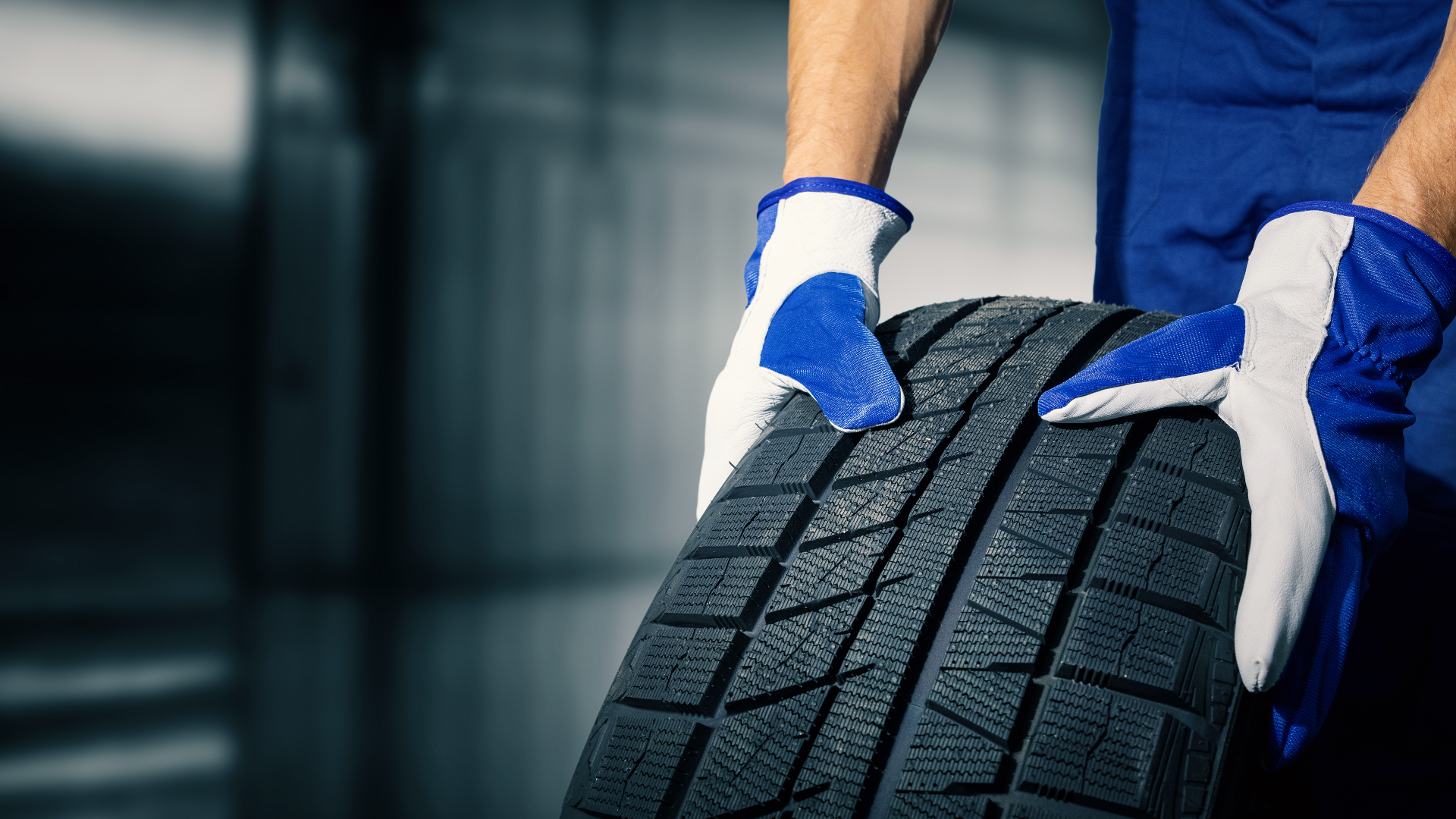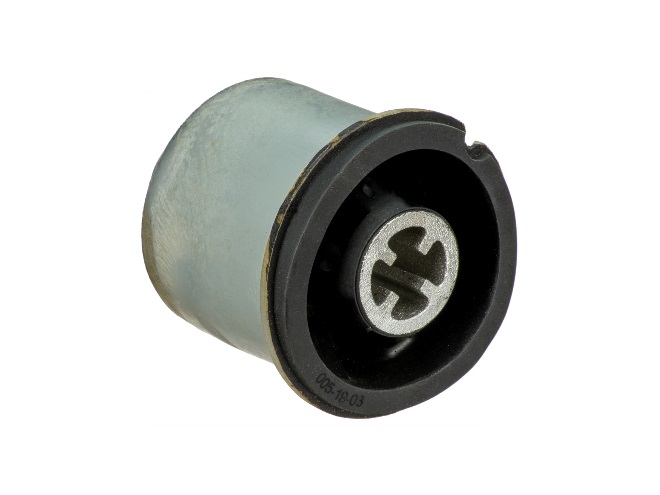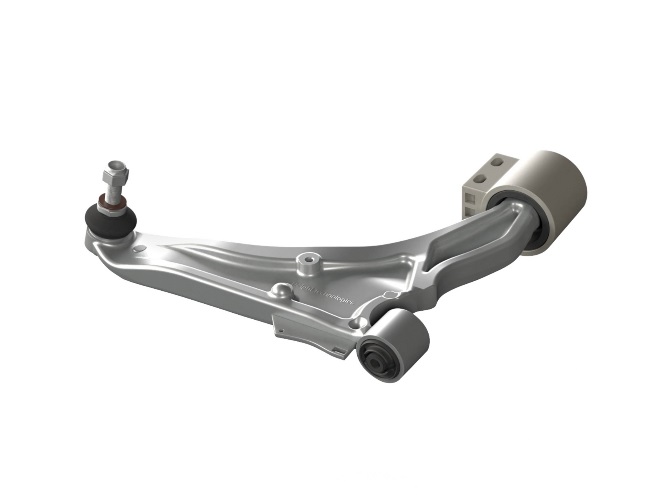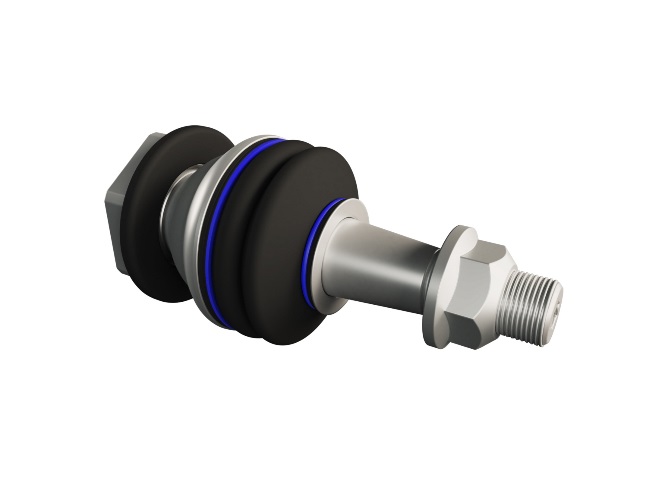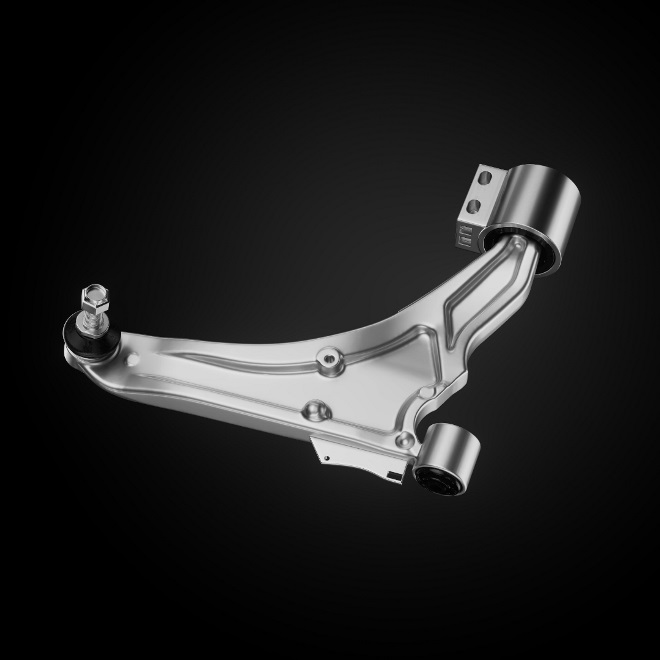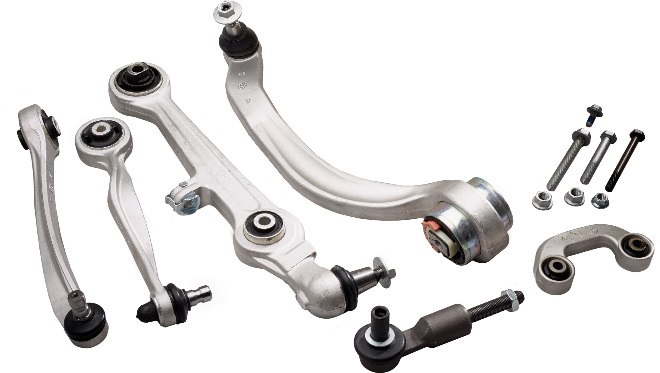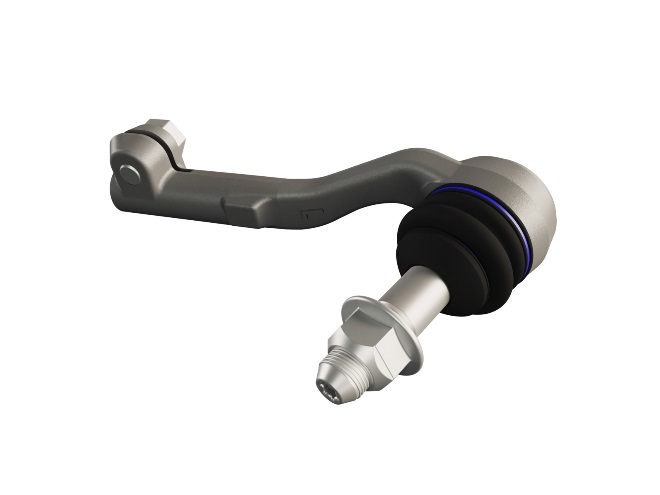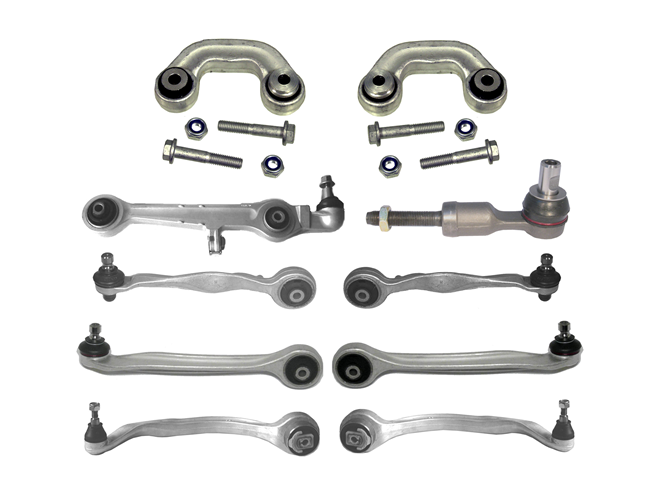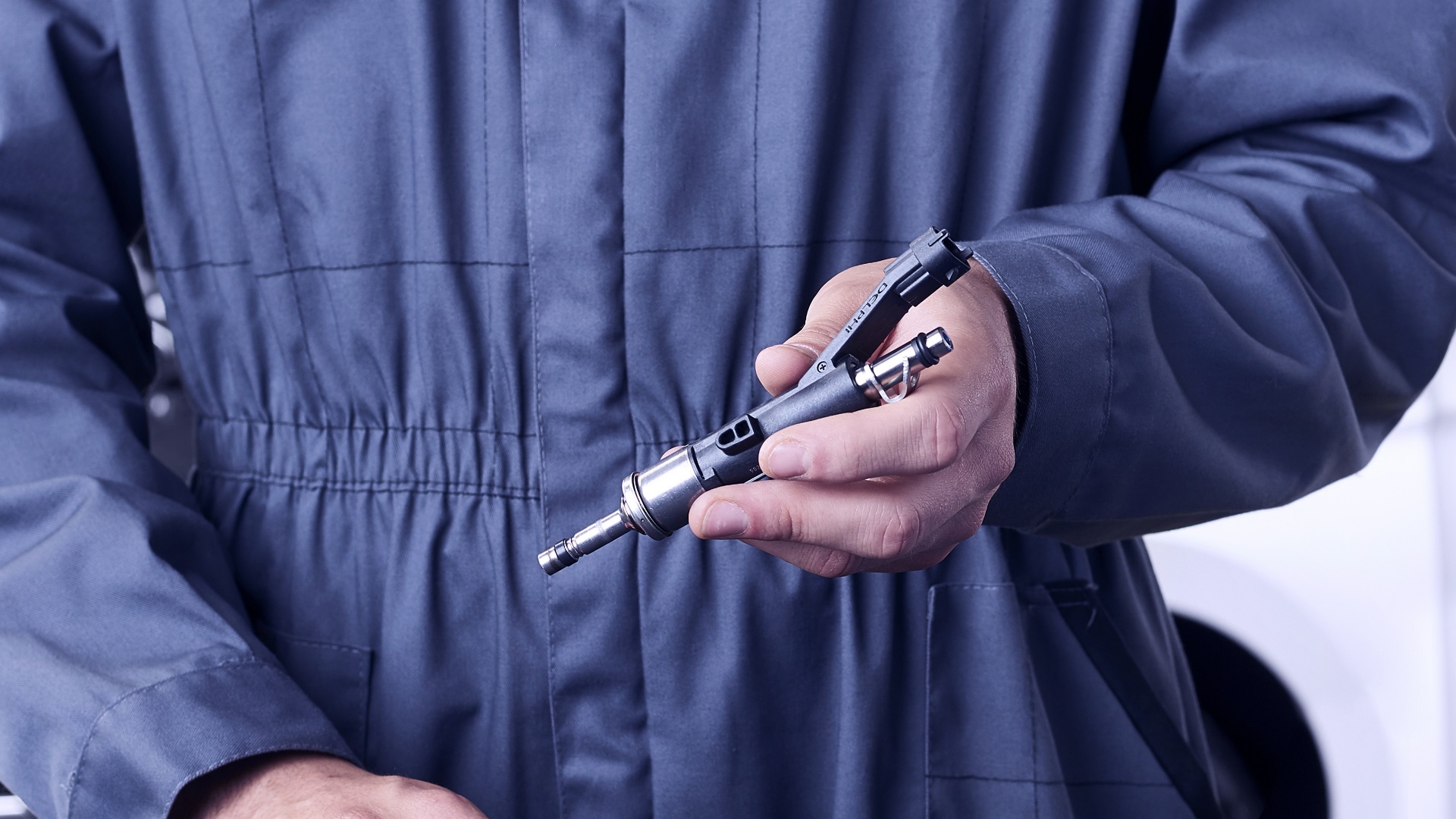Resource Highlights
In this article you will get some technical tips about driving a car with worn steering and suspension parts.
Steering components can be damaged by rough roads, bent from hitting curbs or just wear out from continued use. Since steering systems are vital to vehicle control and the overall safety of its passengers, any wear on the steering system components should be handled as soon as possible. However, sometimes a proper repair is just not in the budget. How long can you wait to replace a part after mild symptoms, like grinding noises, start before problems with steering begin? Let’s take a look at some of these more vulnerable components underneath the vehicle in a rack and pinion steering system.
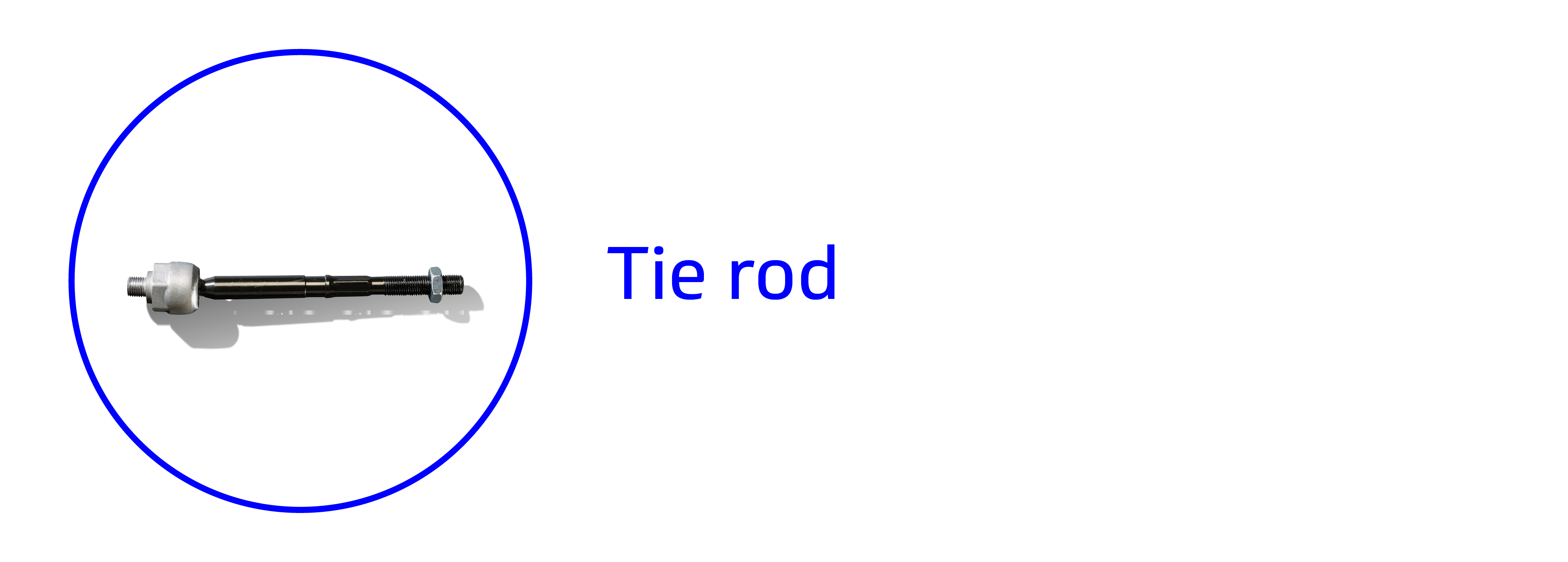
Can you drive with bad tie rods?
Tie rods are steering components that keep the front tires in alignment with the steering wheel and help turn the wheels when a driver turns the steering wheel. Symptoms of a worn or damaged tie rod are clunking noises when you turn, play in the steering wheel, uneven tire wear, and the vehicle pulling to one side.
While these symptoms seem like a minor inconvenience, even with just tire wear alone, the vehicle will lose braking power. In the worst case scenario when a tie rod completely fails, the wheel will break free of the steering assembly which then causes the vehicle to lose the ability to steer. At the first sign of any wear to the tie rods, steering is already at risk and the vehicle is not safe to drive. A worn out/faulty tie rod should be replaced immediately.
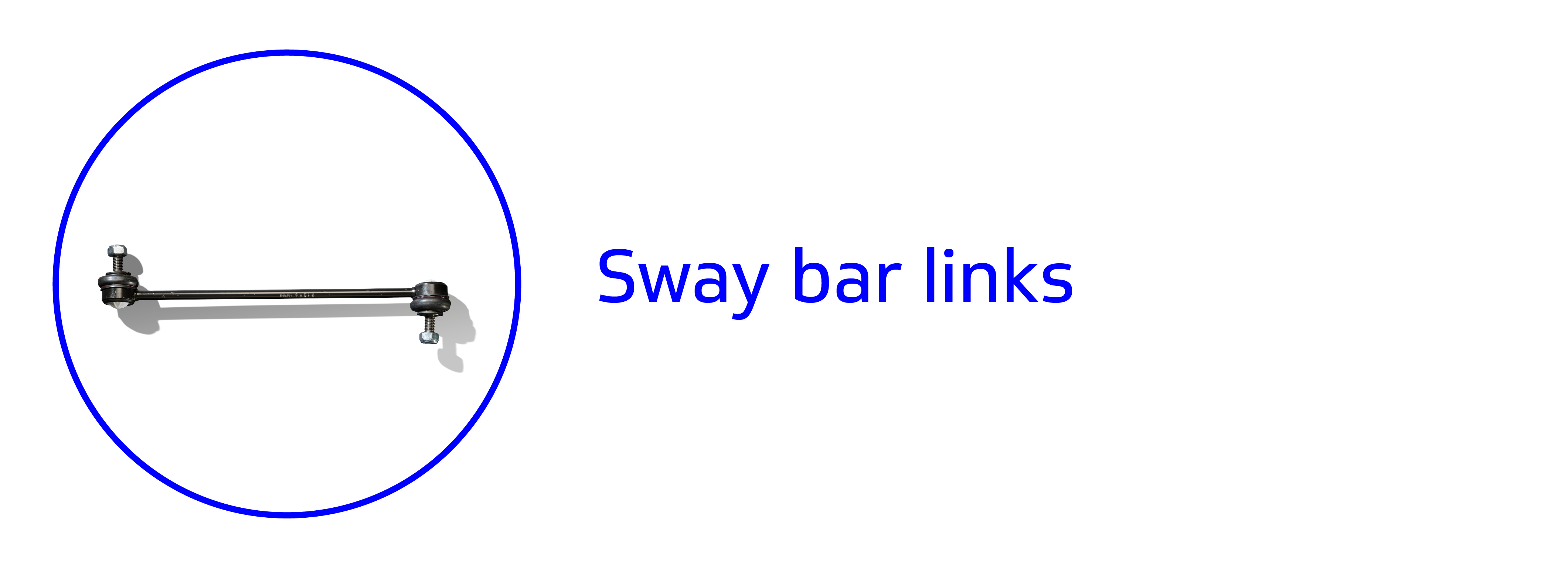
Can you drive with bad sway bar links?
Sway bar links help prevent excessive leaning during turns and keep the vehicle stable by linking the sway bar, also known as the stabilizer or anti-roll bar, to the suspension components. Symptoms of a worn sway bar link are knocking noises on uneven roads and sway bar play when inspecting suspension parts.
The worst case scenario for an extremely worn out sway bar link is a complete separation of the sway bar from the system, which will cause the vehicle to lean excessively in turns, reducing stability. It is possible to still drive a vehicle with broken sway bar links, but handling performance will suffer so use caution by driving on paved roads, taking turns slowly, and staying off high-speed highways and/or interstates that require lane changes. However, it is highly recommended that broken sway bar links are replaced as soon as possible.
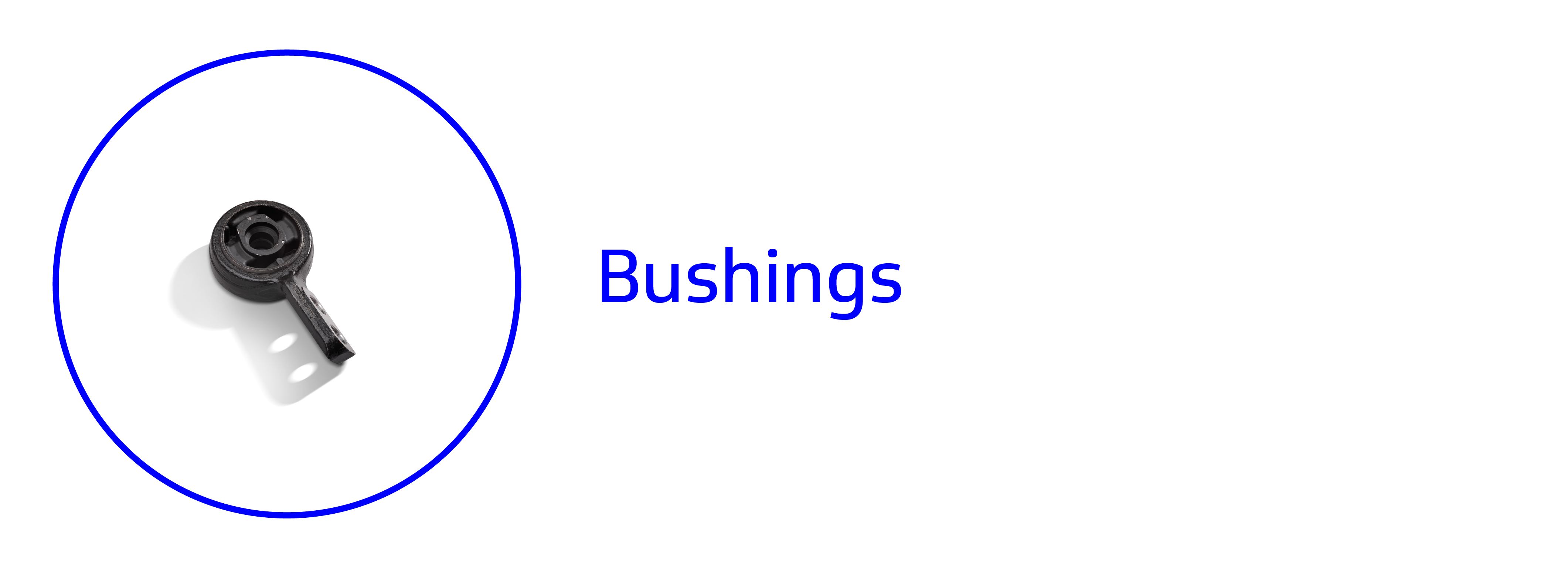
Can you drive with bad bushings?
Bushings act as a cushion between parts and control the amount of movement in the joints while reducing road noise, vibration, and harshness. Symptoms of worn bushings are clunking or scraping noises, uneven tire wear, and reduced handling and braking response.
In the worst case scenario when bushings completely fail, suspension and steering parts will have metal-to-metal contact that can cause damage or bending. A slightly worn bushing will not make the vehicle undrivable, but since steering and suspension parts can be expensive to replace, it is important to install new bushings at the first sign of deterioration. If there is metal-to-metal scrapping, replace the bushing immediately.
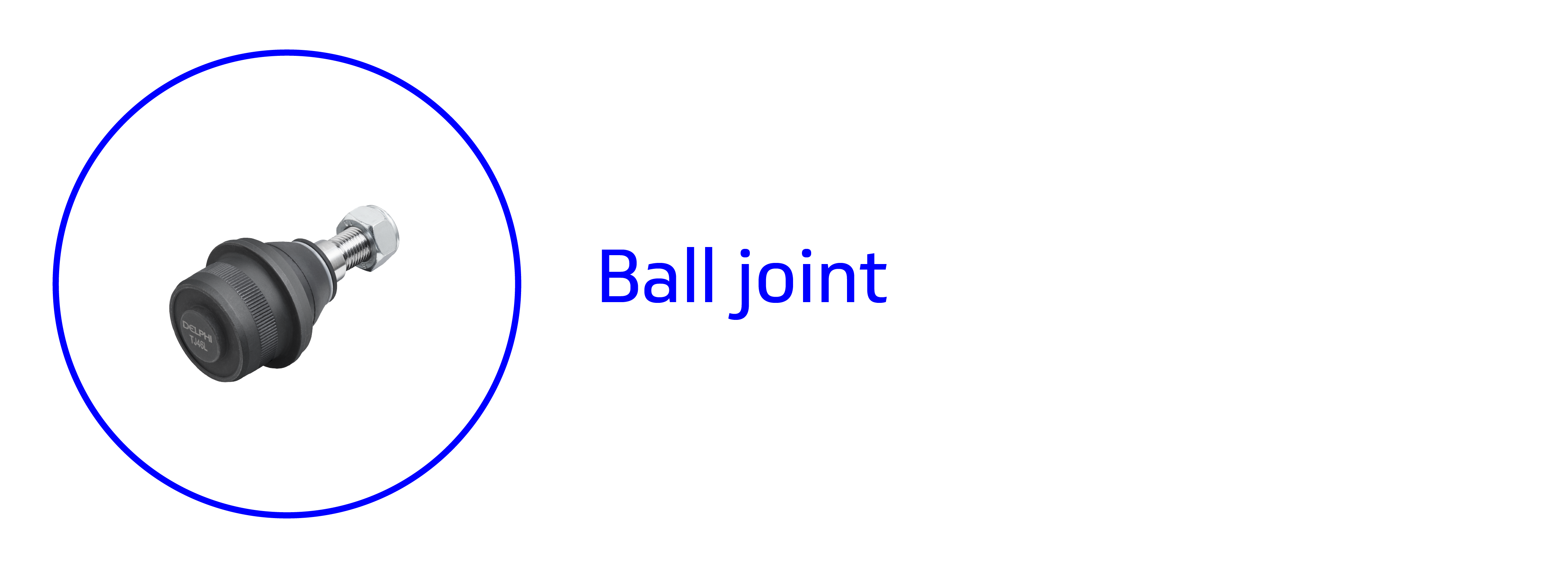
Can you drive with bad ball joints?
The ball joint acts as a pivot between the wheels and suspension, allowing the vehicle to be steered, while also ensuring a comfortable ride. Symptoms of a worn ball joint are clunking noises, excessive vibration in the steering shaft, the vehicle drifting in either direction and uneven tire wear.
In the worst case scenario when a ball joint completely breaks, the wheel is free to move in any direction, causing a complete loss in steering control as well as damage to whatever the freed wheel hits, which is often the fender and/or other steering and suspension parts. With the risk of the damage that can occur from a broken ball joint, vehicles showing symptoms of worn ball joints should be brought in for inspection immediately and have any worn ball joints replaced.
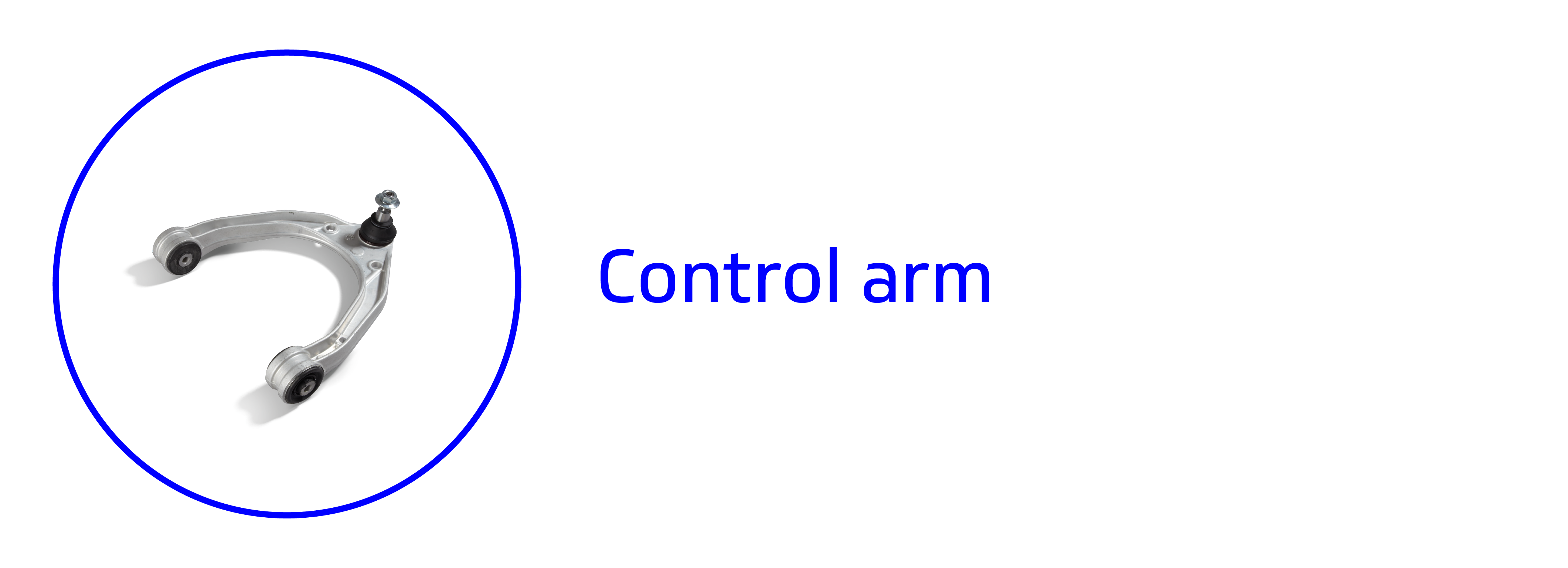
Can you drive with bad control arms?
A control arm connects the suspension to the vehicle structure, allows the wheels to move up and down while preventing forward and rearward movement. Symptoms of a bad control arm are knocking or clunking sounds or the vehicle veering to one side when driving over a bump or during hard acceleration. The control arm contains a ball joint and bushings, so the same symptoms for both apply for control arms as well.
In the worst case scenario when a control arm breaks from harsh road conditions, which in turn frees the wheel, you run the same risk of losing control completely. If there is ever any signs of a damaged control arm, take the vehicle in for inspection immediately.
When it comes to steering and suspension components, control of the vehicle is the number one priority for the safety of those in the vehicle and on the road. You never want to ignore any changes in sounds, ride comfort, or steering as they could be signs of the start of problems that can lead to catastrophic failures. So when you need to replace steering and suspension components on your vehicle, turn to Delphi for steering and suspension for your auto part needs. Take a look at our online catalog today for steering and suspension parts that are designed, engineered and manufactured to OE quality standards.
